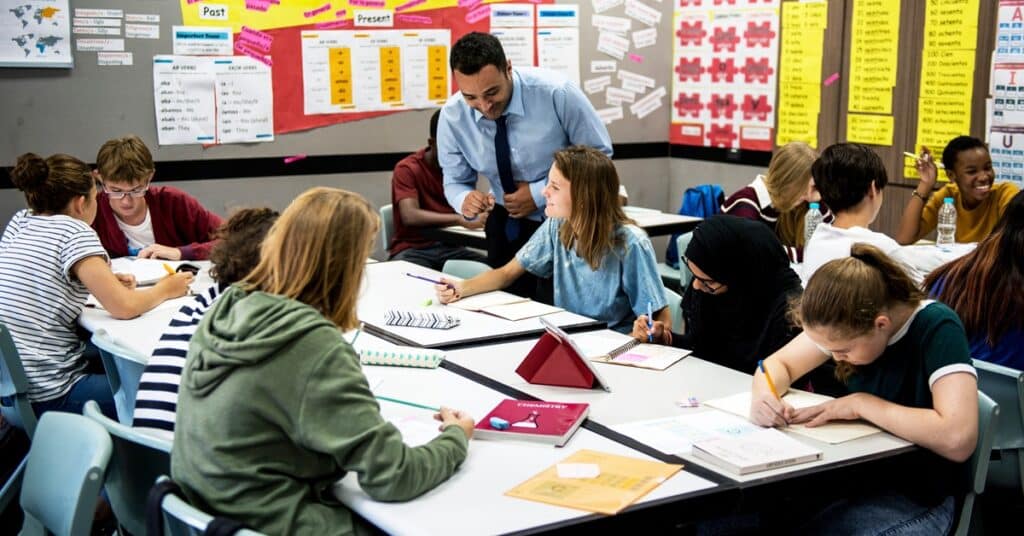Preparing students for success means moving beyond traditional, teacher-centered instruction.

Learner-centered approaches emphasize student agency, personalization and deeper engagement. But how can educators make this shift in practice? Here are five strategies to guide the transformation from teacher-centered to learner-centered classrooms.
1. Foster student voice and choice
Empower students by involving them in decision-making about their learning. Let them choose topics, formats for projects or methods of assessment. This ownership builds intrinsic motivation and engagement.
2. Use pre-assessments
At the start of a new unit, pre-assess learners to better understand the knowledge they bring. For instance, in Rhonda Rose’s seventh-grade math classroom at Batesburg-Leesville Middle School in South Carolina, “we look at the pretest together, and we talk about that. They’re aware of where they’re starting, why they’re starting there and we set a goal – if you can move from this level to the next level, you’ve made growth.”
3. Use rubrics or learning progressions
Rubrics or learning progressions written in student-friendly language can help learners co-navigate their journey toward proficiency of a standard or competency. Use these student-centered tools to give feedback, adjust instruction and guide student self-reflection.
The Shift to Student-led
4. Develop learning profiles
Know your learners deeply, academically, socially and emotionally. Use learner profiles to tailor instruction and provide multiple paths to success, while also helping students understand how they learn best.
5. Shift the teacher role to facilitator or coach
Instead of delivering content, educators guide learning, ask probing questions and support student exploration. This helps build independence and critical thinking.
Transitioning to a learner-centered classroom is a journey, not a checklist. It requires reflection, flexibility and a willingness to share power with students. However, the payoff – engaged learners who feel seen, heard and capable – is well worth the effort.




